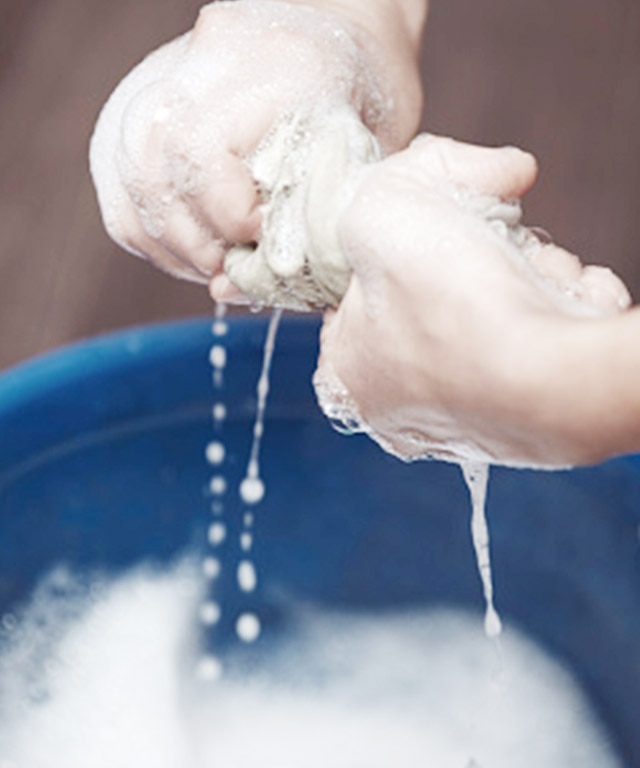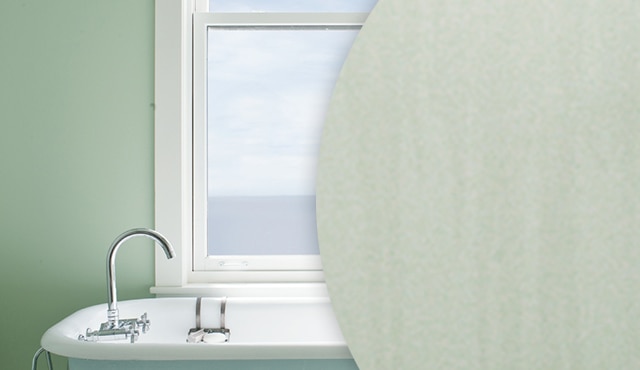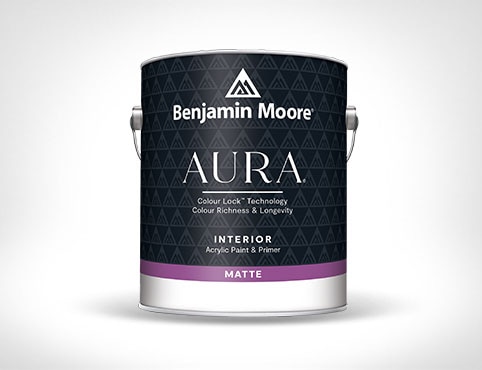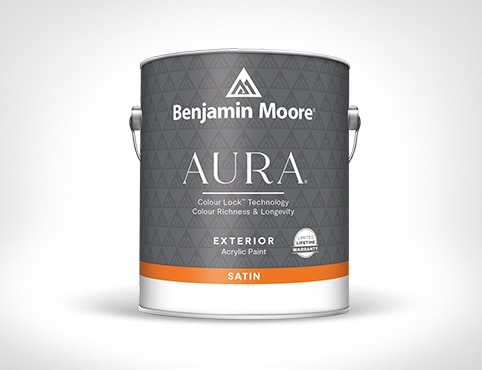How to Identify, Prevent and Fix Surfactant Leaching
Despite its name and appearance, surfactant leaching is an aesthetic concern and is not harmful to the paint or the surface it is on.
Surfactants are necessary ingredients of latex paint. These water-soluble components migrate over time to the surface of the paint. When newly applied latex paint is exposed to high moisture or humidity while it’s drying and/or curing, the surfactants can rise prematurely to the film’s surface, producing a residue or splotches. This residue can be sticky, discoloured, glossy or soapy in appearance. Surfactant leaching frequently shows up in bathrooms and other humid environments on ceilings or walls. While unattractive, surfactant leaching does not harm the coating.
When newly applied exterior latex paint is exposed to high moisture or humidity while drying, the rising surfactants can produce stains. Also known as weeping, these stains can appear as an oily or sticky sap-like substance. It is important to note that the discolouration from surfactant leaching is not the same as water stains or spots and should not be treated as such.
What Causes Surfactant Leaching—and How to Prevent it
- Paint drying in cool, humid conditions—Especially common in the early fall, when frost can form overnight. Using a premium product like Aura® Exterior Paint helps to combat this issue.
- Condensed moisture—Common on outdoor surfaces and in bathrooms. A high quality latex paint like Aura® Bath & Spa Interior Paint is designed for optimum performance in high-humidity interior environments, and will help avoid surfactant leaching from the outset.
- Deeper tints—Common when using deeper colour paints tinted with universal colourants which contain extra surfactants.

How to Fix Surfactant Leaching
- Do not paint over stains
- Rinse the surface with water or wipe with a damp cloth as soon as you notice stains
- On exterior surfaces, normal weathering will usually remove surfactant stains naturally






